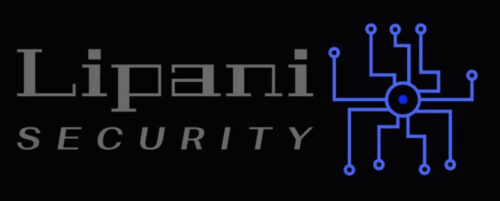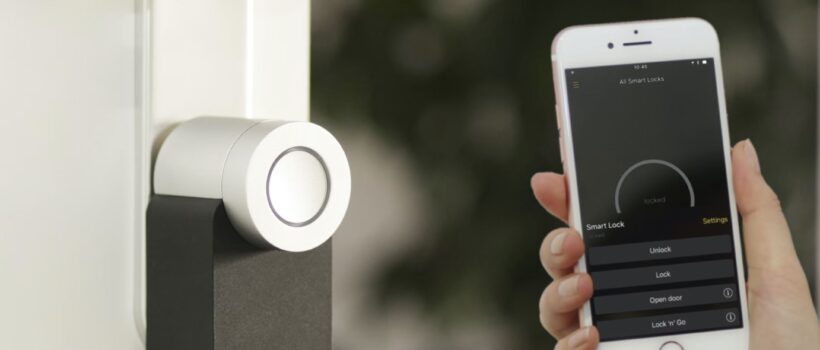Access Control is defined as “any mechanism by which a system grants or revokes the right to access some data, or perform some action.” Physical access by a person may be allowed depending on payment, authorization, etc.
Physical security access control refers to the practice of restricting entrance to a property, a building, or a room to authorized persons. Restriction to physical access control can be achieved by a human (a guard, bouncer, or receptionist) or through mechanical means. Historically this was partially accomplished through keys and locks.
When a door is locked only someone with a key can enter through the door depending on how the lock is configured. Mechanical locks and keys do not allow restriction of the key holder to specific times or dates. Mechanical locks and keys do not provide records of the key used on any specific door and the keys can be easily copied or transferred to an unauthorized person. Physical key management is a nightmare to control due to the ease of copying keys at local hardware stores and if keys are lost the lock must be rekeyed.
Physical access control is a matter of whom, where, and when. An access control system determines who is allowed to enter or exit, where they are allowed to exit or enter, and when they are allowed to enter or exit.
Electronic access control uses computers to solve the limitations of mechanical locks and keys. A wide range of credentials can be used to replace mechanical keys. The electronic access control system grants access based on the credential presented. When access is granted, the door is unlocked for a predetermined time and the transaction is recorded. When access is refused, the door remains locked and the attempted access is recorded. The system will also monitor the door and alarm if the door is forced open or held open too long after being unlocked.
Electronic access allows for temporary keys for one-day access or room. There are time limitations so if you would a person to only be able to access a room from 1 pm – 3 pm on Monday and Tuesday that is possible. This is a great idea where a physical key would allow for 24/7 access.
There are MANY types of access control devices for your home and business.
- Access badge
- Biometrics
- Card reader
- Electronic lock
- ID Cards
- Key cards
- Magnetic stripe card
- Optical turnstile
- Photo identification
- Proximity card
- Smart card
- Swipe card
- Finger Print
Access control is a very important part of business and personal life protecting your information and assets is one of the most important things you can do. There are relatively low-cost solutions for homes and businesses. There are high-cost solutions it all depends on how seriously you would like to take your access control.

